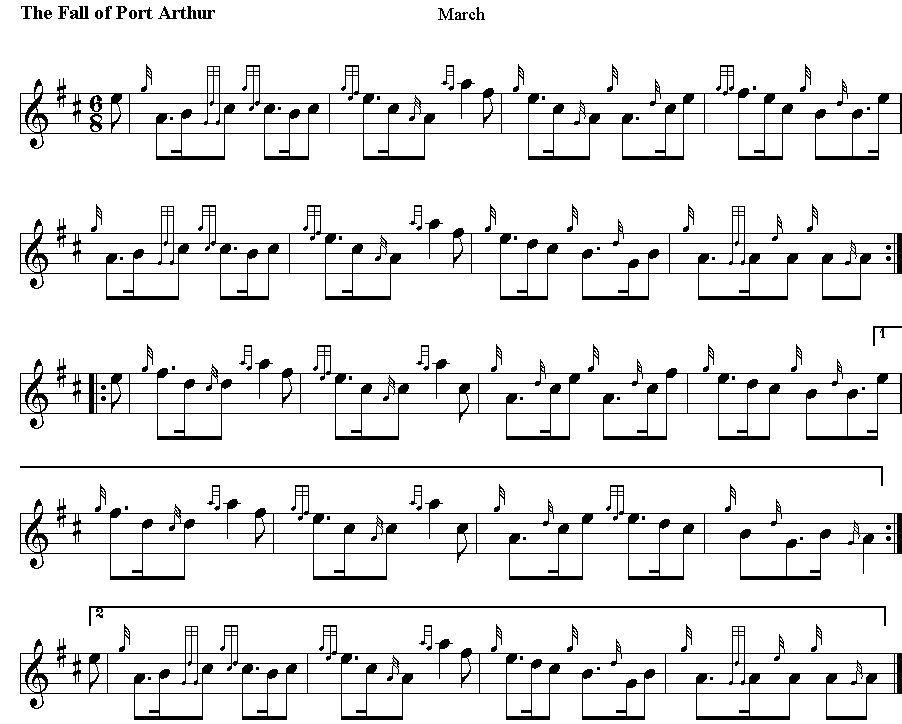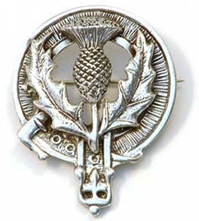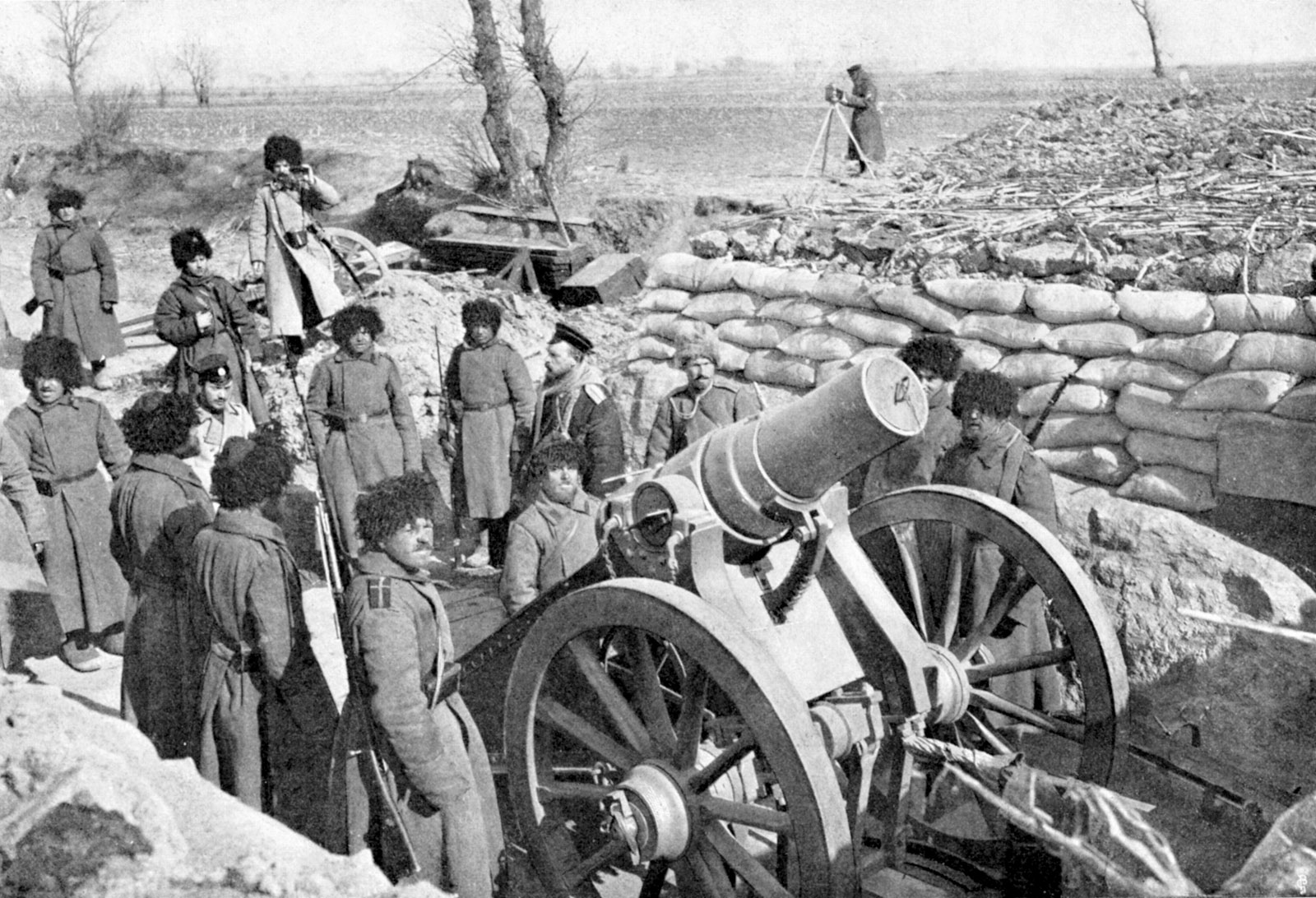Port Arthur was a deep-water port and Russian naval base at the tip of the Liaodong Peninsula in Manchuria, and the site of the longest and most violent land battle of the Russo-Japanese War.
Port Arthur had been widely regarded as one of the most strongly fortified positions in the world. However, during the First Sino-Japanese War, General Nogi Maresuke had taken the city from the forces of Qing China in only a few days. The ease of his victory during the previous conflict, and overconfidence by the Japanese General Staff in its ability to overcome improved Russian fortifications, led to a much longer campaign and far greater losses than expected.
Russian land forces in the course of the siege suffered 31,306 casualties, of whom at least 6,000 were killed. Lower figures such as 15,000 killed, wounded, and missing are sometimes claimed. At the end of the siege, the Japanese captured a further 878 army officers and 23,491 other ranks; 15,000 of those captured were wounded. The Japanese also captured 546 guns and 82,000 artillery shells. In addition the Russians lost their entire fleet based at Port Arthur, which was either sunk or interned. The Japanese captured 8,956 seamen.
The capture of Port Arthur and the subsequent Japanese victories at the Battle of Mukden and Tsushima gave Japan a dominant military position, resulting in favorable arbitration by U.S. President Theodore Roosevelt in the Treaty of Portsmouth, which ended the war. The loss of the war in 1905 led to major political unrest in Imperial Russia.



